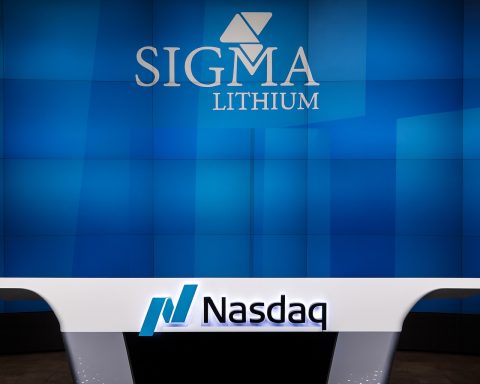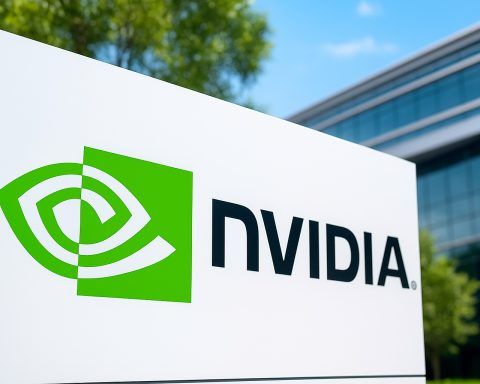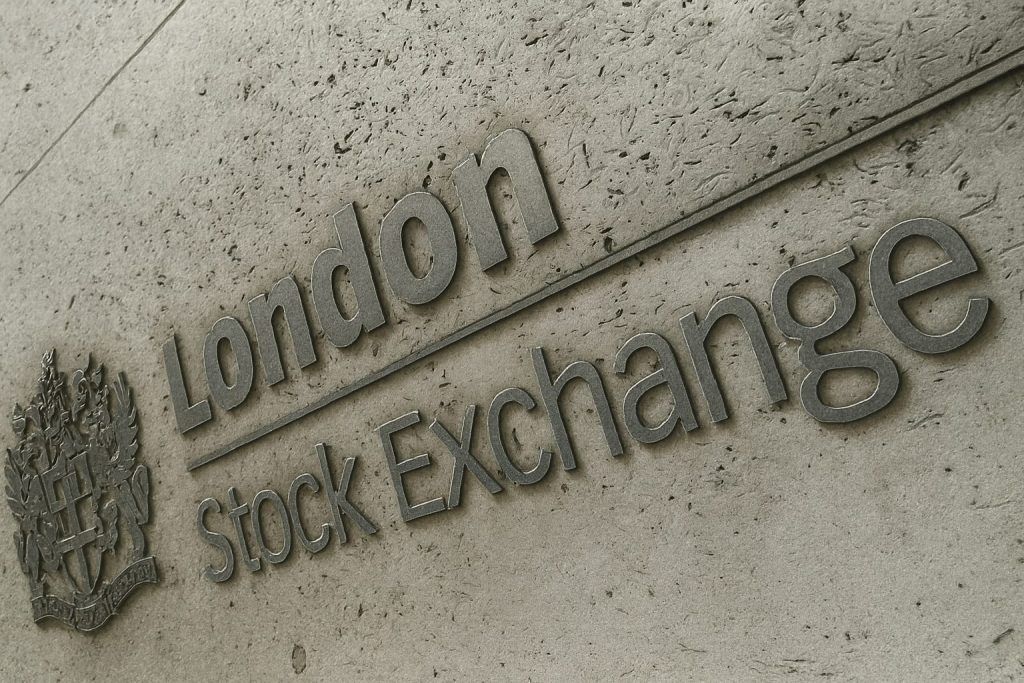Tokyo’s stock market closed lower on Wednesday, November 19, 2025, as investors grappled with a mix of global tech nerves, rising Japanese bond yields and simmering geopolitical tensions with China.
The Nikkei 225 fell for a fourth straight session, ending down 165.28 points, or 0.34%, at 48,537.70, while the broader Topix slipped 5.52 points, or 0.17%, to 3,245.58. [1]
The losing streak is now the longest in about seven weeks, leaving the benchmark roughly 7–8% below its early‑November peak, depending on the currency used. [2]
Below is a structured rundown of what moved the Tokyo market today and what to watch next.
Key Market Snapshot – Tokyo, November 19, 2025
- Nikkei 225: 48,537.70 (‑0.34%, 4th straight decline) [3]
- Topix: 3,245.58 (‑0.17%) [4]
- Market breadth: Decliners outnumbered gainers 2068 to 1494, with 271 issues unchanged on the Tokyo Stock Exchange. [5]
- Volatility: The Nikkei Volatility Index surged 23.6% to 35.28, signalling a sharp uptick in demand for downside protection. [6]
- Currency: The yen traded in the mid‑155 per dollar range after briefly touching a nine‑month low earlier in the week. [7]
Tech and Chip Stocks Drag Index Lower Ahead of Nvidia Earnings
The main storyline today was continued pressure on technology and semiconductor-related stocks as investors braced for a high‑stakes earnings report from U.S. AI chip giant Nvidia later in the global trading day.
- Global markets have been wobbling for days on worries that AI‑linked stocks are overvalued, with the Nasdaq sliding more than 6% from its October record and world equities now on a five‑session losing streak. [8]
- In that context, Nvidia’s quarterly results are seen as a make‑or‑break moment for the AI trade and, by extension, tech sentiment worldwide. [9]
Tokyo was no exception. Local commentators pointed to weakness in semiconductor names and other high‑valuation tech stocks as a key factor behind the Nikkei’s decline. [10]
On the losers’ side, chip‑related and tech‑adjacent stocks were prominent:
- SUMCO Corp. tumbled 6.26% to ¥1,160.
- Ibiden dropped about 4.1%. [11]
- Toppan Printing fell 3.26% to ¥3,852, while Konica Minolta slid 3.21% to ¥597.30. [12]
Nomura strategist Fumika Shimizu noted that the combination of falling semiconductor shares and rising interest rates is weighing on the market, with investors laser‑focused on whether Nvidia can deliver forecasts that justify stretched tech valuations. [13]
Bond Yields Surge and the Yen Stabilises – A Headwind for Equities
Another big macro theme hanging over the Tokyo market is the sharp move in Japanese government bonds (JGBs) and the policy uncertainty around the Bank of Japan (BOJ) under the new government.
- JGBs suffered a heavy sell‑off today, pushing the benchmark 10‑year yield to a 17‑year high and the 40‑year yield to a new record, as traders fretted over the size of Prime Minister Sanae Takaichi’s fiscal stimulus package. [14]
- The yen, which had hit a nine‑month low on Tuesday, recovered slightly, trading around ¥155.3–155.7 per dollarin Asian hours as some investors sought safety amid a broader global equity selloff. [15]
The currency and bond moves matter because:
- Higher yields can pressure richly valued growth and tech stocks, which discount future earnings more heavily.
- A stronger yen, if it continues, can also weigh on Japan’s export‑heavy blue‑chips, although today’s move was modest.
Markets are also watching for the BOJ’s next steps. Interest‑rate swaps indicate traders see roughly a three‑in‑four chance that the BOJ holds rates at its December 19 meeting, with a smaller probability of a hike as policymakers weigh inflation, growth and fiscal plans. [16]
China–Japan Tensions and Tourism Jitters Still in the Background
Beyond macroeconomic worries, geopolitics is casting a long shadow over Japanese equities this week.
An analysis from IG highlights how diplomatic tensions with China have rattled the Nikkei after Prime Minister Takaichi said in parliament that a Chinese move against Taiwan could represent an “existential threat” to Japan, potentially warranting a military response. Beijing responded with a travel advisory and warnings about safety for Chinese nationals in Japan. [17]
According to IG:
- Travel and retail‑oriented stocks tied to inbound tourism saw double‑digit declines earlier in the week, including names such as Shiseido, Isetan Mitsukoshi and Ryohin Keikaku (Muji’s parent), as investors priced in the risk of fewer Chinese visitors. [18]
- Visitors from mainland China, Hong Kong and Macau accounted for around 27% of all foreign arrivals to Japan in 2024, underscoring why the sector is so sensitive to any deterioration in bilateral ties. [19]
While those sharp drops happened mostly in earlier sessions, today’s trade unfolded against this fragile backdrop, helping explain why rallies struggled to gain traction even when individual stocks showed strength.
Domestic Policy: Massive Stimulus Adds to Bond‑Market Nerves
On the domestic front, traders are also digesting the government’s latest spending ambitions.
XTB’s morning wrap notes that Prime Minister Takaichi has flagged a new stimulus package worth more than ¥20 trillion, backed by a large supplementary budget. [20]
That package is designed to support an economy that just contracted 1.8% annualised in Q3, the first contraction in six quarters, amid weak consumption and external headwinds. [21]
However, the prospect of heavy new issuance to finance stimulus is one factor behind the spike in JGB yields, and the resulting rise in discount rates is filtering back into equity valuations—especially in sectors where future growth is the main attraction, such as technology.
Standout Stocks: Aeon Hits Record High as Defensive Retail Shines
Despite the overall decline, there were bright spots on the Nikkei 225.
According to data compiled by Investing.com: [22]
- Aeon Co. jumped 4.57% to ¥2,645, marking an all‑time high for the retail group.
- Toho Co. (cinemas and entertainment) gained 3.92% to ¥8,942.
- Furukawa Electric advanced 3.25% to ¥9,654.
These moves suggest that defensive or domestically focused names – particularly in consumer and services – are attracting bargain hunters after the recent index‑wide slide.
On the flip side:
- SUMCO (wafer maker) was the worst performer, down 6.26%, as the chip correction hit home.
- Toppan Printing and Konica Minolta both lost more than 3%. [23]
The sector breakdown showed Paper & Pulp, Transport and Communication shares as some of the biggest drags on the day, reinforcing the picture of broad‑based, though not panicked, selling. [24]
Microstructure Note: Broadened Price Limits on Two Small Caps
Amid the broader market moves, the Tokyo Stock Exchange (TSE) implemented broadened daily price limits for two smaller issues after consecutive limit moves. [25]
From today (Nov 19), the TSE widened only the upper daily price band for:
- AsiaQuest Co., Ltd. (4261) – upper limit raised to ¥7,000, with the lower limit unchanged at ¥3,500.
- Orchestra Holdings Inc. (6533) – upper limit raised to ¥2,284, lower limit unchanged at ¥784.
These adjustments are triggered when stocks repeatedly close at their daily limit without sufficient trading volume, and they act to restore liquidity and price discovery. For retail traders in these names, it’s a reminder that broadened limits can lead to sharper intraday swings.
Tokyo in the Global Risk‑Off Story
Tokyo’s move needs to be seen in a wider context: risk assets globally are under pressure.
- An AP report notes that Asian markets were mostly lower, with the Nikkei sliding about 0.3% and Hong Kong’s Hang Seng and Korea’s Kospi also in the red, as investors awaited Nvidia’s earnings and fretted over the AI “frenzy.” [26]
- Reuters reports that global equities have now fallen for five consecutive sessions, the longest losing streak since August, as investors question whether AI‑related valuations have outrun fundamentals. [27]
Safe‑haven flows are visible in:
- Gold, which has bounced after a sharp pullback from October’s record highs. [28]
- U.S. Treasuries, which drew renewed buying even as the outlook for Federal Reserve rate cuts remains uncertain. [29]
For Japanese investors, that means Tokyo is being hit by both local and global headwinds at once: domestic bond-market nerves, geopolitical shocks, AI valuation worries and a tricky currency environment.
Outlook: What to Watch Next for the Tokyo Market
Looking ahead, several catalysts could steer the Nikkei 225 and Topix over the coming days:
- Nvidia Earnings (Tonight, U.S. Time)
- A strong report and upbeat guidance could stabilise global tech sentiment, easing pressure on Japanese chip and equipment makers.
- A disappointment, by contrast, risks prolonging the AI‑led correction, especially as Japanese semiconductors have rallied hard over the past year. [30]
- Details of Japan’s Stimulus Package
- Markets will be watching how much of the >¥20 trillion stimulus translates into near‑term fiscal supportversus longer‑term structural spending. [31]
- A larger‑than‑expected package might further push up JGB yields, forcing investors to reassess equity risk premia.
- BOJ Meeting on December 19
- With inflation above target and bond yields testing multi‑year highs, even a hint of a more hawkish tiltcould have outsized effects on rate‑sensitive growth stocks and the yen. [32]
- China–Japan Relations and Tourism Flows
- Any escalation – such as a prolonged travel advisory or tighter trade measures – would maintain pressure on tourism, retail and cosmetics names that rely heavily on Chinese spending. [33]
From a technical perspective, IG notes that the Japan 225 index has fallen about 8% from its early‑November highs but remains above its 200‑day moving average, with support seen around the 48,000 level and potential resistance near 51,500 if a rebound takes shape. [34]
In plain terms: Tokyo still looks like a correction within an uptrend, not a complete trend reversal—for now.
Bottom Line
For November 19, 2025, the Tokyo stock market story is one of sustained but orderly risk‑off:
- The Nikkei and Topix both fell modestly, extending a weeks‑long slide. [35]
- Tech and chip names continued to bear the brunt of global AI valuation concerns. [36]
- Rising JGB yields, a still‑weak yen and geopolitical friction with China kept investors cautious. [37]
- Yet select retailers and domestic plays like Aeon managed to hit record highs, suggesting investors are rotating rather than fleeing the market altogether. [38]
As always, this overview is for informational purposes only and does not constitute investment advice. Traders and investors should consider their own risk tolerance and conduct independent research before acting on today’s moves.
References
1. english.news.cn, 2. www.reuters.com, 3. english.news.cn, 4. english.news.cn, 5. www.investing.com, 6. www.investing.com, 7. www.reuters.com, 8. www.reuters.com, 9. www.reuters.com, 10. english.news.cn, 11. m.economictimes.com, 12. www.investing.com, 13. m.economictimes.com, 14. www.reuters.com, 15. www.reuters.com, 16. www.reuters.com, 17. www.ig.com, 18. www.ig.com, 19. www.ig.com, 20. www.xtb.com, 21. www.ig.com, 22. www.investing.com, 23. www.investing.com, 24. www.investing.com, 25. www.jpx.co.jp, 26. www.whec.com, 27. www.reuters.com, 28. www.reuters.com, 29. www.reuters.com, 30. www.reuters.com, 31. www.xtb.com, 32. www.reuters.com, 33. www.ig.com, 34. www.ig.com, 35. english.news.cn, 36. www.reuters.com, 37. www.reuters.com, 38. www.investing.com










